The Energy Ready Program is a groundbreaking initiative launched by the U.S. Department of Energy (DOE), to help local governments adopt innovative low-carbon technologies faster. The program, offered by ICMA and the Interstate Renewable Energy Council (IREC), is designed to speed up local permitting for small solar, wind energy, and electric vehicle charging stations.
The successor to the SolSmart program, Energy Ready provides free technical assistance to local governments and acknowledges those making progress in expedited planning, zoning, and permitting. The program aims to lower barriers and increase the adoption of clean energy solutions.
“Hundreds of communities across the country have saved time and money thanks to the successful SolSmart program,” said Jeff Marootian, principal deputy assistant secretary for Energy Efficiency and Renewable Energy at DOE. The program will be a useful resource for local authorities as these entities work to carry out clean energy projects more effectively.
Together, three components help to make Energy Ready: SolSmart, Charging Smart, and an upcoming Distributed Wind Smart program. These programs focus on a particular technology and offer customized guidance to local governments.
- Formed in 2016, SolSmart has already had a significant impact enabling over five hundred thirty designated communities to adopt best practices and expand the deployment of solar energy.
- Launched recently, the new Charging Smart, which is funded by DOE’s Vehicle Technologies Office (VTO), will concentrate on enabling an equitable EV and EV charging infrastructure expansion in rural, urban, and suburban communities via the reduction of costs like those related to permitting, inspection or load service requests. Charging Smart is conducting pilots with local governments in major states: California, Colorado, Connecticut, Illinois, Louisiana, Minnesota, Michigan, Ohio, Tennessee, Texas, and Virginia.
- The Distributed Wind Smart program will launch later this year to offer assistance for distributed wind energy projects, aiming to designate 200 jurisdictions by the end of 2027. The program will guide zoning, planning, and financing to help communities develop wind energy projects.
Source: energy.gov

